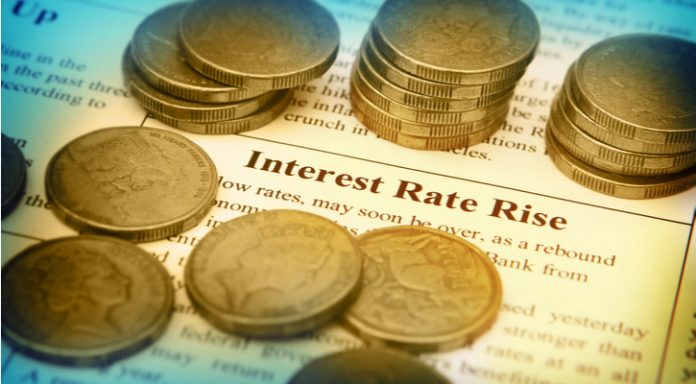Central Bank action and more trade tariffs from Trump saw the pound US dollar exchange rate trade a range of over 150 points. The pound US dollar hit spiked to US$1.4216, its highest level in 7 weeks. The rate then sold off through the rest of the day hitting a low of US$1.4076.
| What do these figures mean? |
|---|
|
When measuring the value of a pair of currencies, one set equals 1 unit and the other shows the current equivalent. As the market moves, the amount will vary from minute to minute. For example, it could be written: 1 GBP = 1.28934 USD Here, £1 is equivalent to approximately $1.29. This specifically measures the pound’s worth against the dollar. If the US dollar amount increases in this pairing, it’s positive for the pound. Or, if you were looking at it the other way around: 1 USD = 0.77786 GBP In this example, $1 is equivalent to approximately £0.78. This measures the US dollar’s worth versus the British pound. If the sterling number gets larger, it’s good news for the dollar. |
The pound spiked higher in the wake of the Bank of England MPC meeting. The central bank, as analysts expected, voted to keep interest rates on hold at 0.5%. The vote split was slightly more surprising. 7 policy makers voted to keep rates on hold, whilst 2 policy makers, Ian McCafferty and Michael Saunders voted to raise hikes immediately. This increased optimism in investors that the central bank is heading towards an interest rate rise in May.
| Why do raised interest rates boost a currency’s value? |
|---|
| Interest rates are key to understanding exchange rate movements. Those who have large sums of money to invest want the highest return on their investments. Higher interest rate environments tend to offer higher yields. So, if the interest rate or at least the interest rate expectation of a country is relatively higher compared to another, then it attracts more foreign capital investment. Large corporations and investors need local currency to invest. More local currency used then boosts the demand of that currency, pushing the value higher. |
This week has been a pivotal week as far as headlines and data is concerned, which has given the BoE more flexibility. Firstly, a Brexit transition deal has been agreed which provides more stability to the outlook to the economy. Secondly wages in the UK have finally taken over inflation meaning that UK consumers should soon feel less of a squeeze on their paychecks and more disposable income. This is also very supportive for the economy. Combined these two factors, plus a slightly more aggressive BoE means a rate rise in May could be on the table.
Today there is no high impacting UK economic data, although the EU Summit could dominate headlines.
Trade War Fears Loom
Despite President Trump announcing that he will slap at 25% tariff on $50 billion of Chinese imports, the dollar traded higher on Tuesday. In previous sessions as fears over trade wars between the US and China increased, the dollar had come under pressure. Yesterday, that didn’t hold true.
Solid economic data in the form of strong manufacturing pmi’s and better than forecast jobless claims numbers helped boost the dollar. The US economy continues to go from strength to strength, despite the apparent chaos in Washington.
| Why does strong economic data boost a country’s currency? |
|---|
| Solid economic indicators point to a strong economy. Strong economies have strong currencies because institutions look to invest in countries where growth prospects are high. These institutions require local currency to invest in the country, thus increasing demand and pushing up the money’s worth. So, when a country or region has good economic news, the value of the currency tends to rise. |
In the absence of any further political headlines, investors will keep an eye on the US economic calendar, with influential releases due for durable goods and housing starts which could cause some volatility heading into the weekend.
|
This article was initially published on TransferWise.com from the same author. The content at Currency Live is the sole opinion of the authors and in no way reflects the views of TransferWise Inc. |





